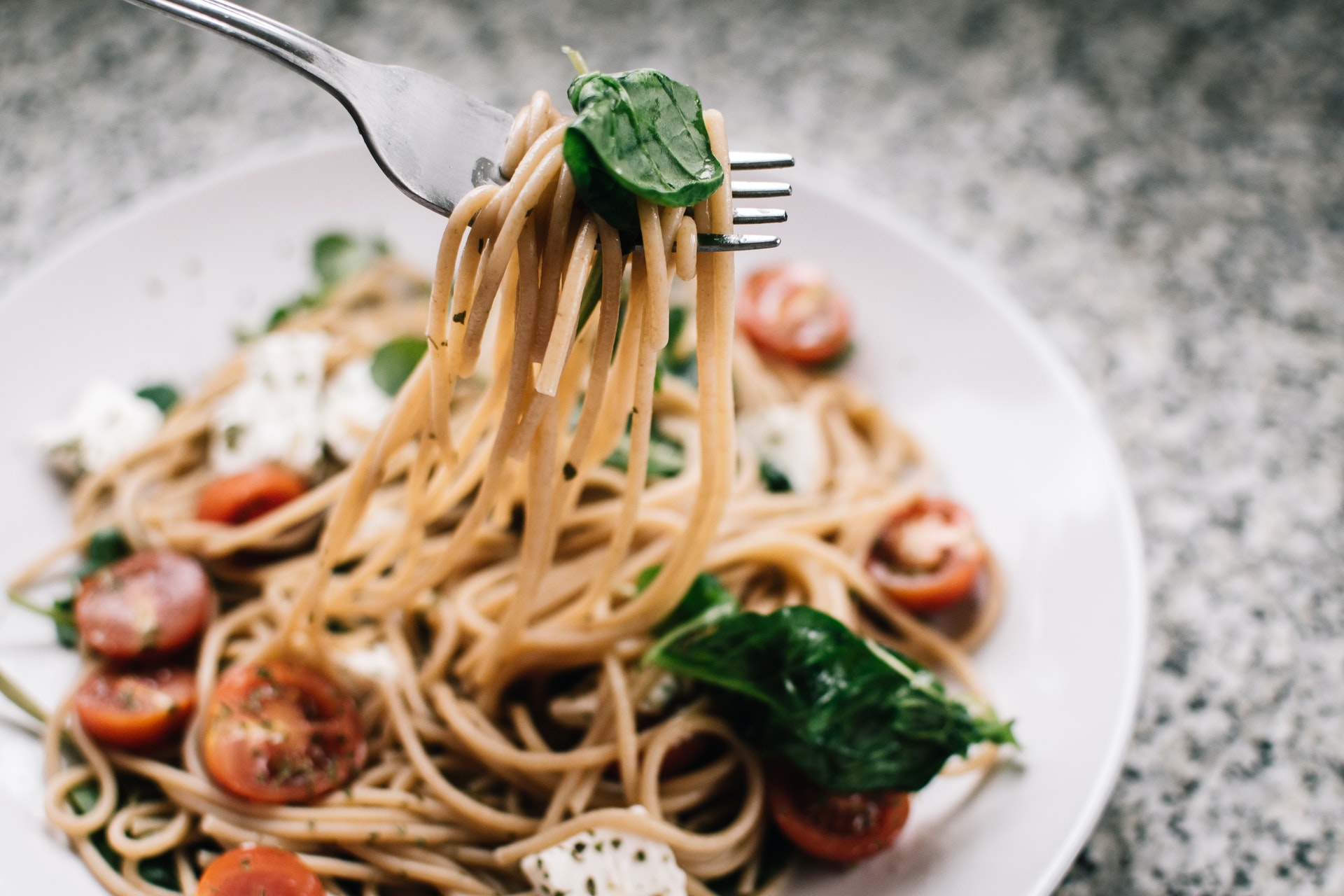
The typical or standard American diet (sometimes abbreviated as “SAD”) is often more than the recommended amounts of sodium, saturated fat, refined grains, and calories from added fats and sugars1.
To become healthier, many people change their diet. Changes include not eating gluten or switching to a vegetarian or vegan diet. People who have tried changing their diet often report good results ranging from weight loss to improvements in their general well-being.
The downside of eating healthy is that it looks expensive. While it’s true that fresh, healthy food costs more than buying highly processed foods, eating healthy and health-promoting foods shouldn’t throw you off your budget.
Many healthy foods are inexpensive, such as dried beans, eggs, whole grains, and some vegetables and fruits. If you want to eat better, but are also on your budget, these tips will help you get into the healthy eating game without breaking up.
Get in the habit of planning (and preparing) meals
One way to seriously reduce your grocery bill, even when buying whole or fresh groceries, is to figure out what you eat and when. Take a few hours during the week to plan, shop, and prepare your meals for the coming week.
You can use local food history brochures to find ingredients for sale. Also, take a look at what’s in your closet and make a plan for how to use what you have. Then carefully consider what you will eat for breakfast, lunch, and dinner based on what you already have at home and what foods are on sale.
After you get home from shopping, take an hour or two to prepare your meals for the week. This could mean browning meat, boiling eggs, slicing vegetables, or boiling grains. Preparing your meals in advance allows them to be put together quickly during the week and less likely to order outings.
Try a kitchen with cheap ingredients
Learn to like kitchens like Mexican and Indian, which use cheap and healthy food. Indians often use a variety of lentils or other types of beans and can be combined with rice and side vegetables to make a full meal for just a few dollars. Beans and rice are equally inexpensive and indispensable in Mexican cuisine.
If you avoid international dishes because you find them too spicy, remember that you can adjust the seasonings to your liking. Reduce heat or use less coriander or cumin if you don’t like the taste.
Look for foods that are not naturally included
Whenever a particular diet becomes popular, many processed and packaged foods hit grocery store shelves. The price of these foods gives gluten-free, vegan, and low-carb diets an expensive reputation.
Those who eat gluten-free, vegan, or low-carb don’t need to buy expensive specialty foods. There are many foods that are naturally “free” or that naturally fit into a diet.
For example, many grains such as rice, quinoa, and corn are naturally gluten-free. Vegetables and fruits also do not contain gluten. Almost everything you can find on the product trail is also vegan and paleo-friendly.